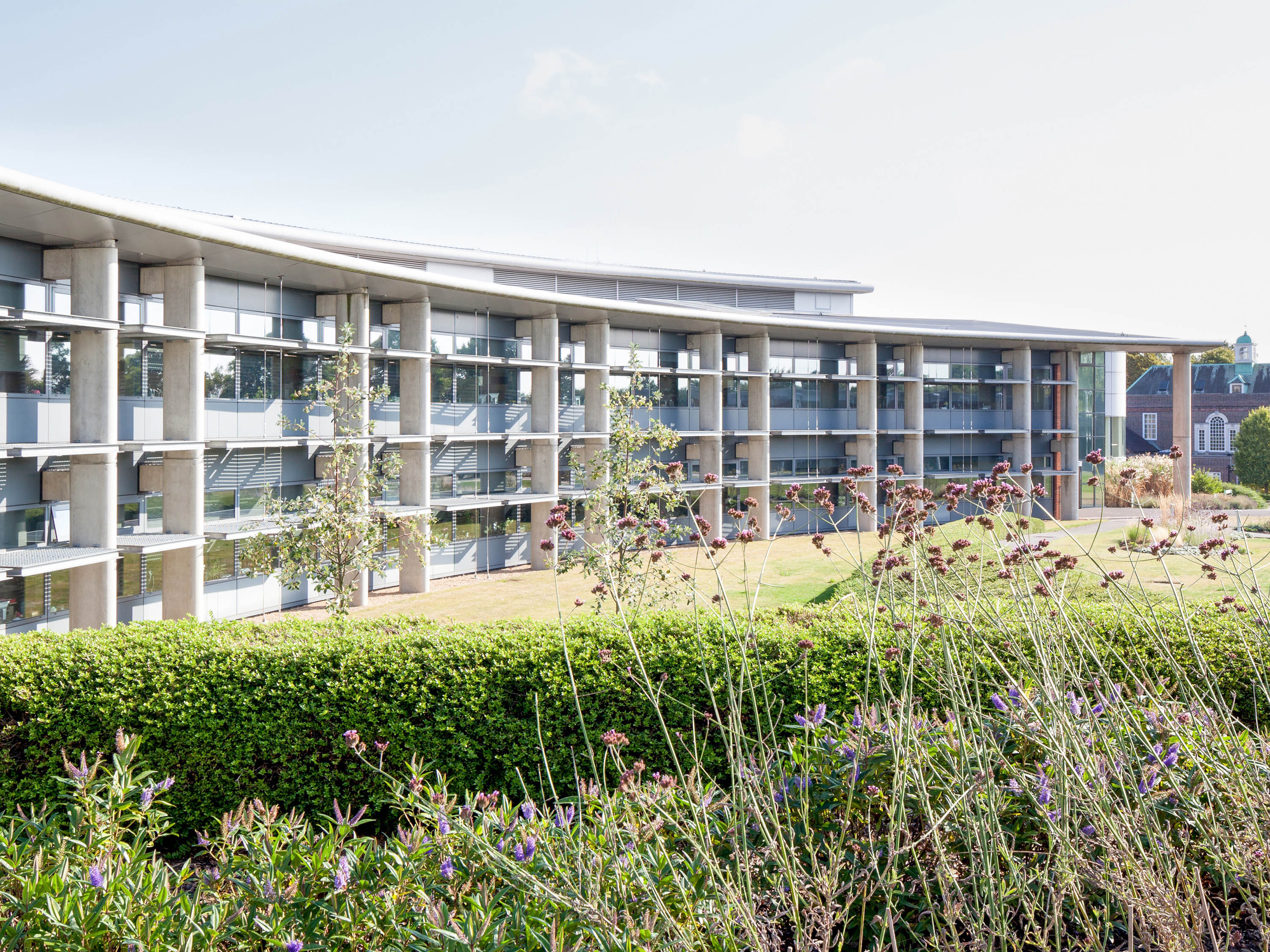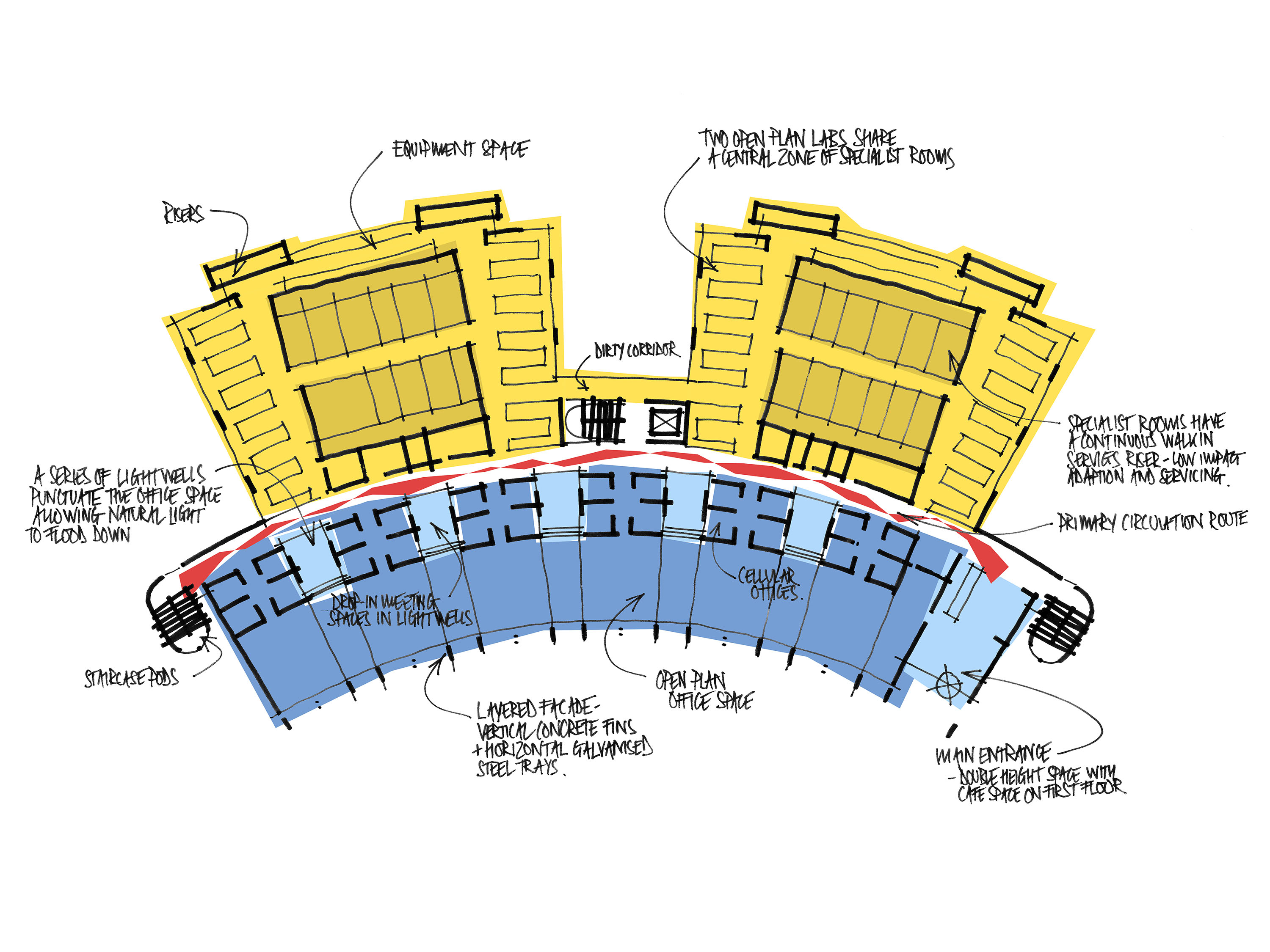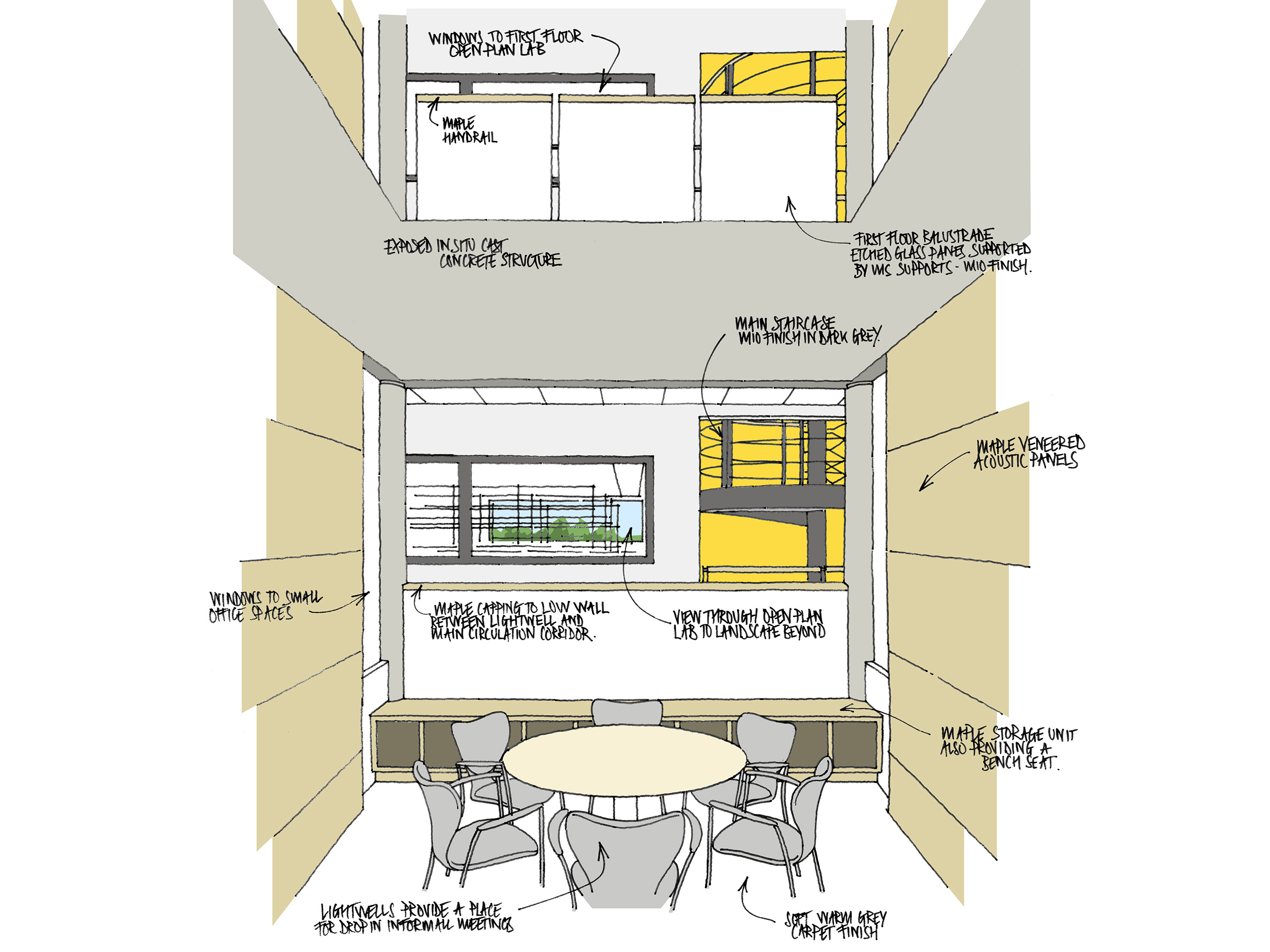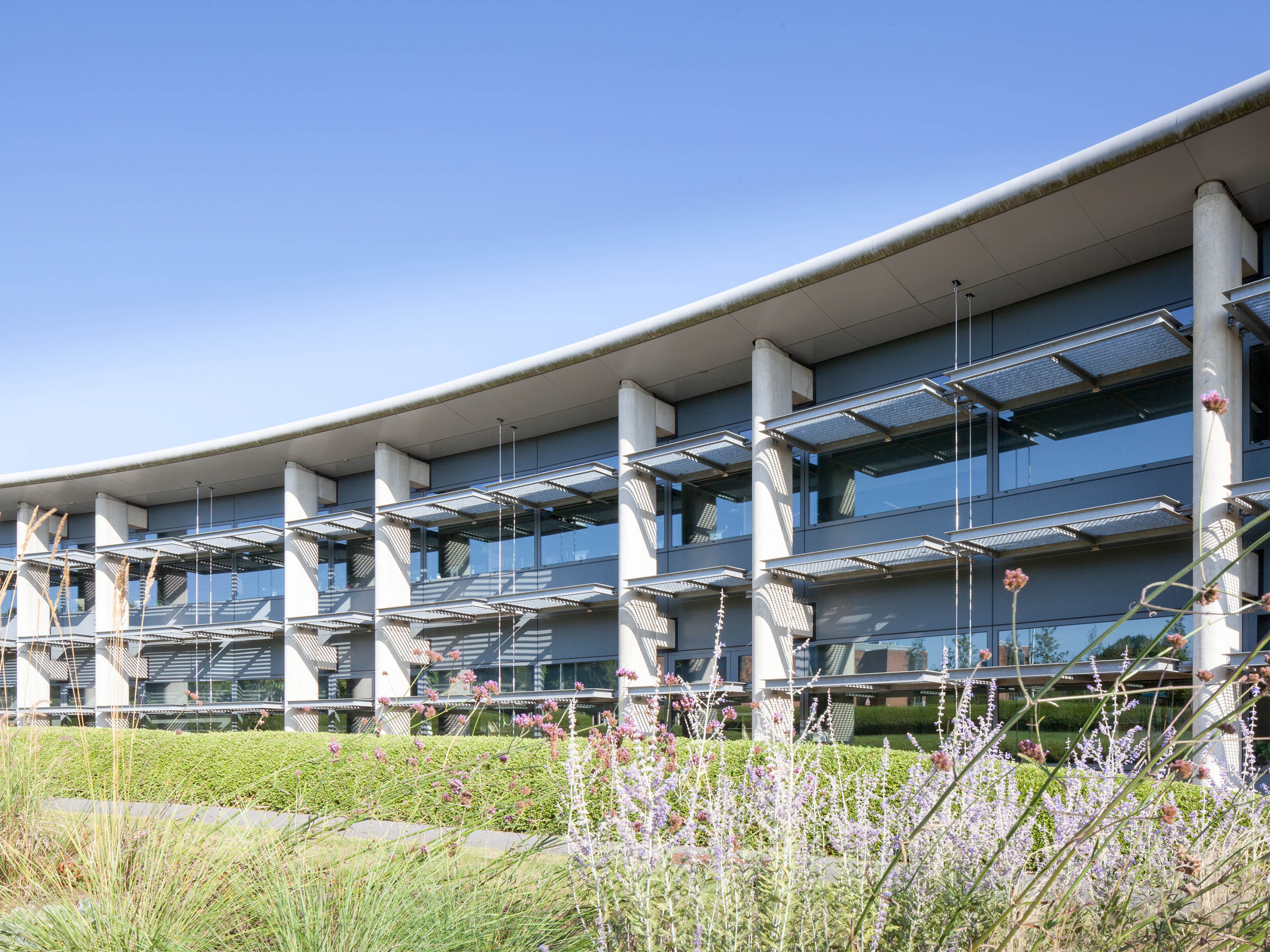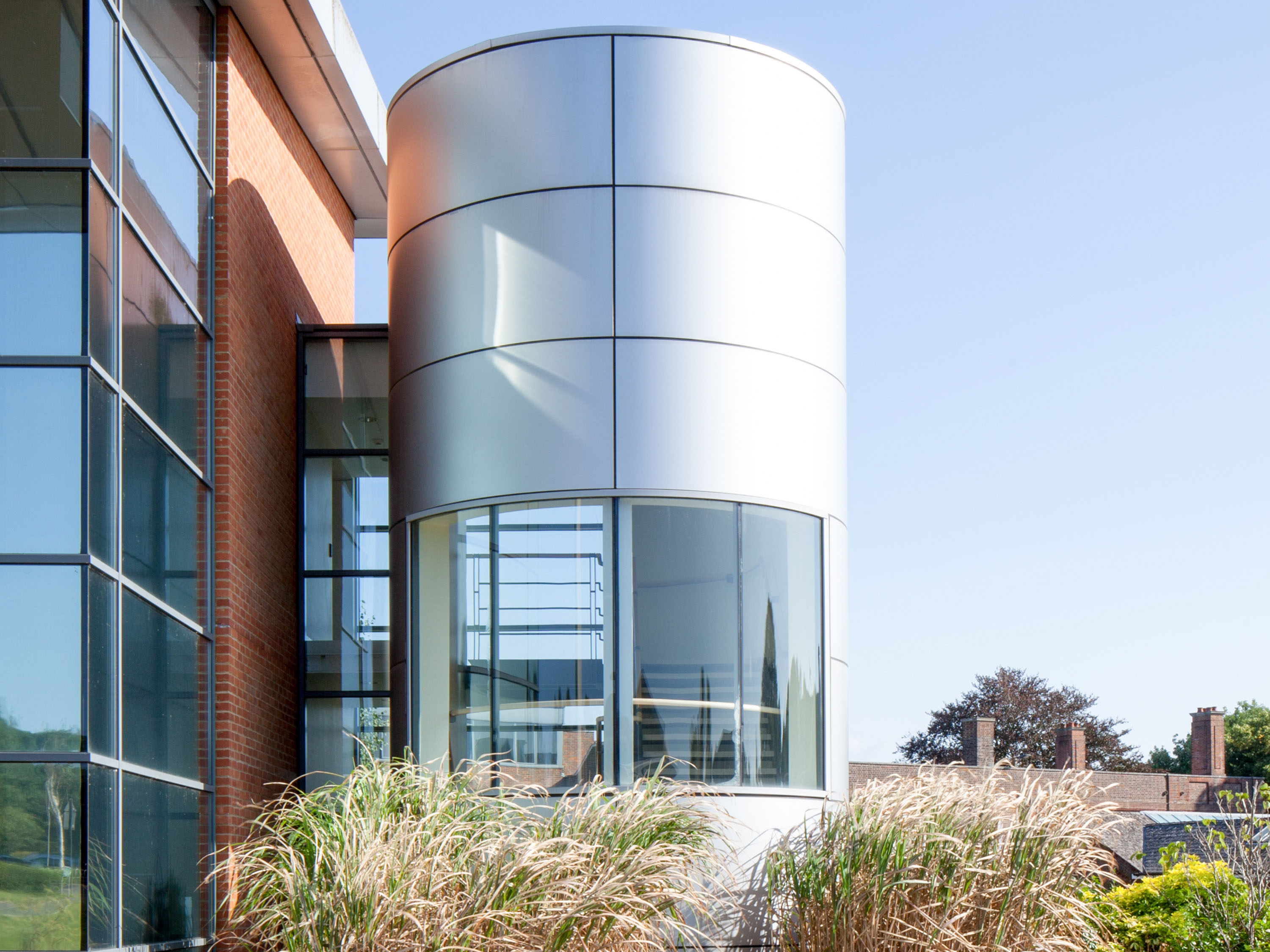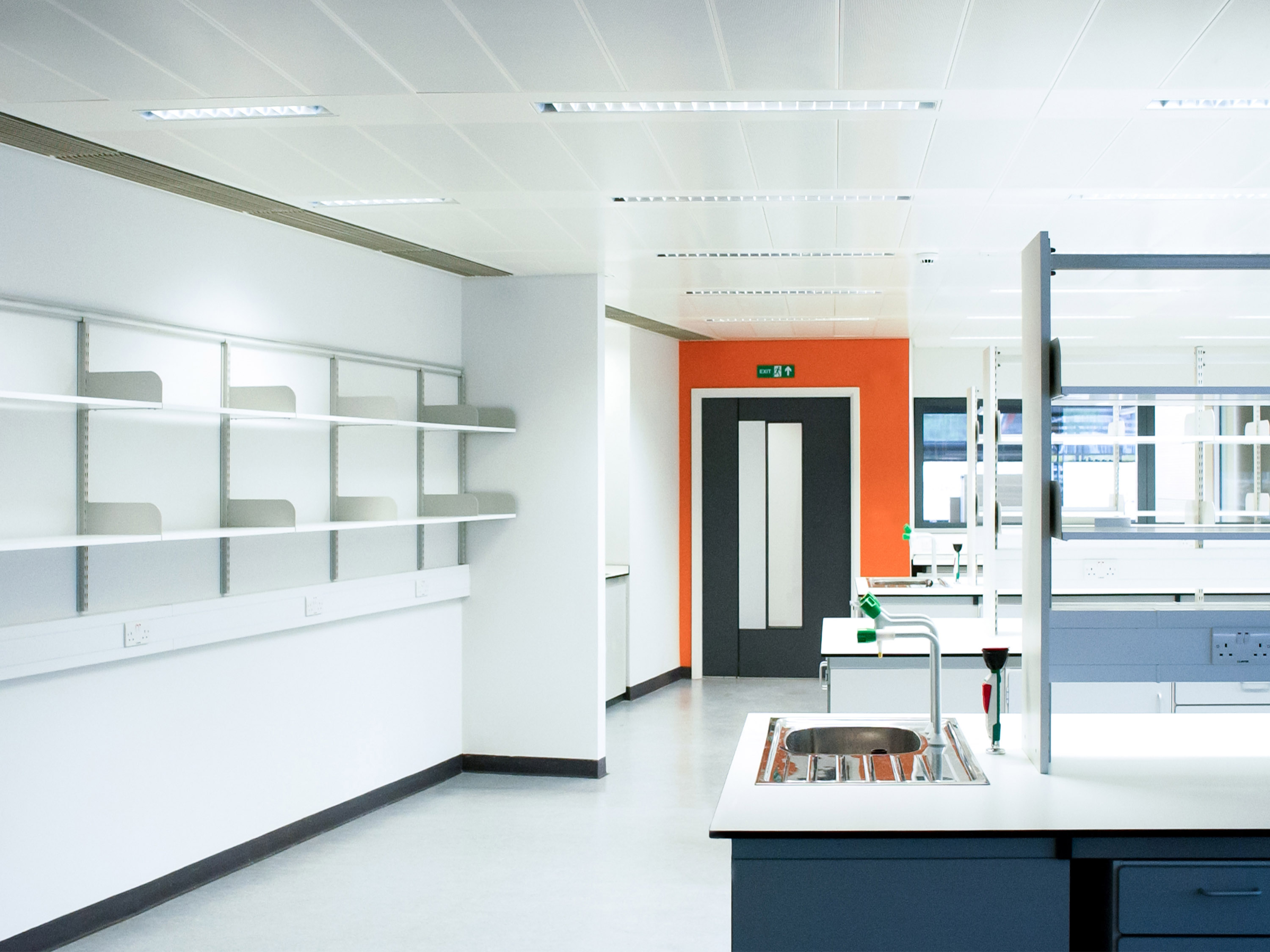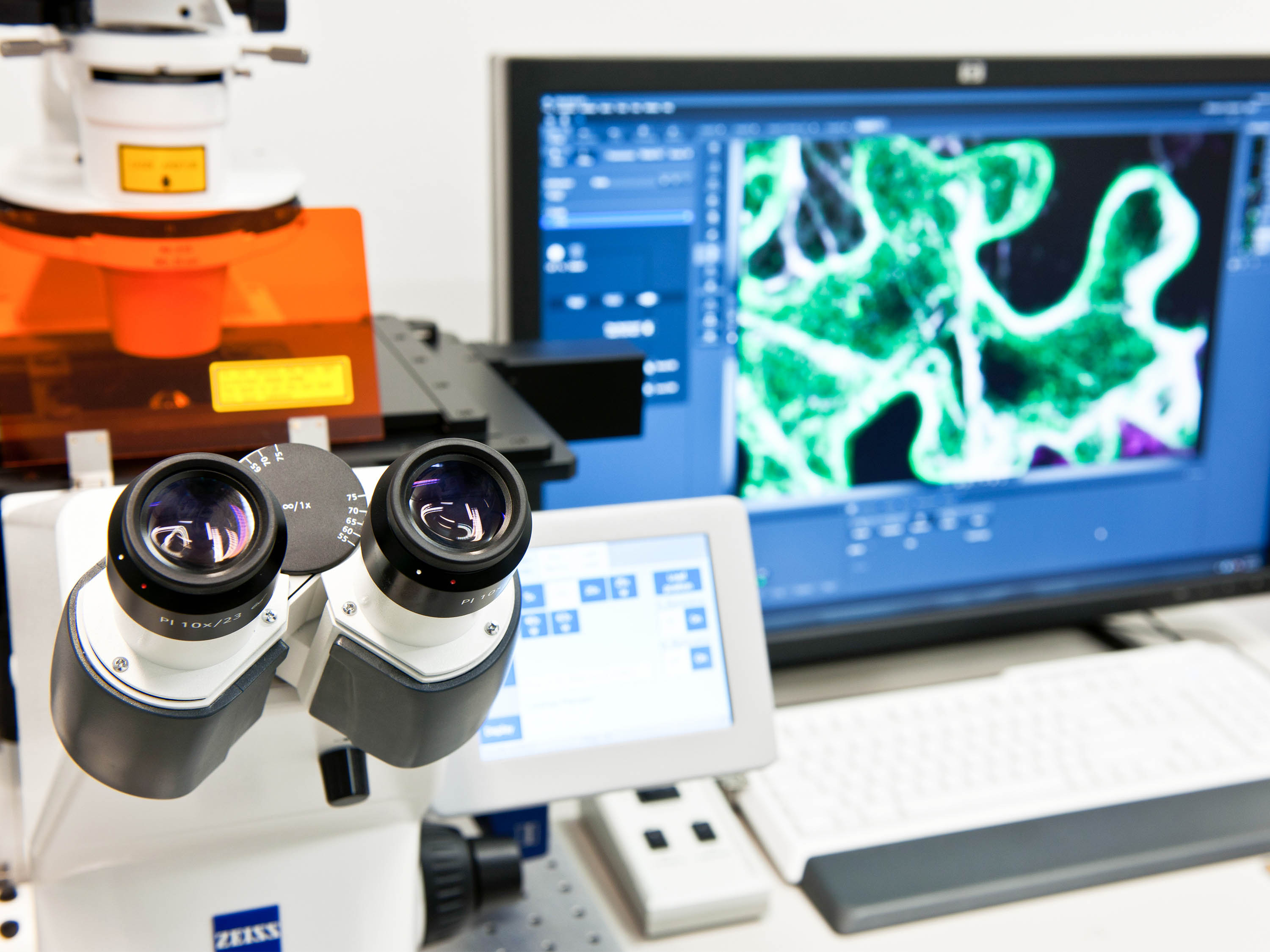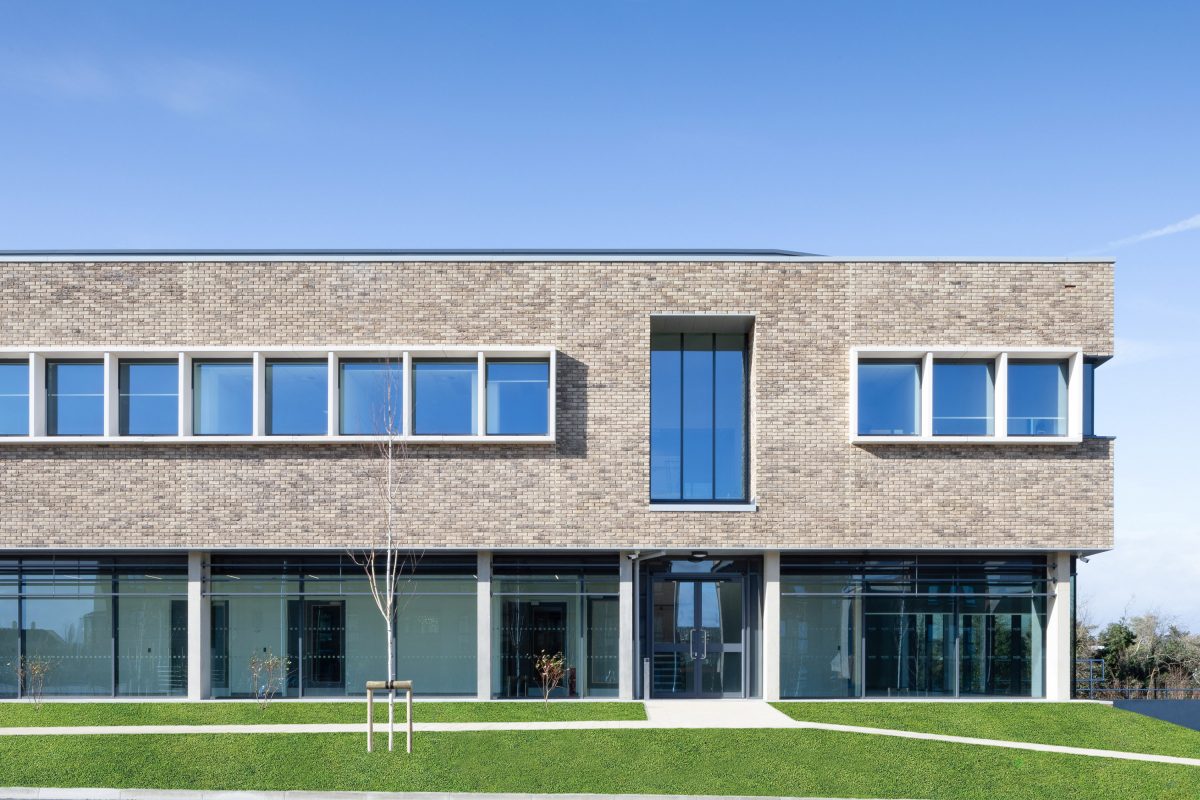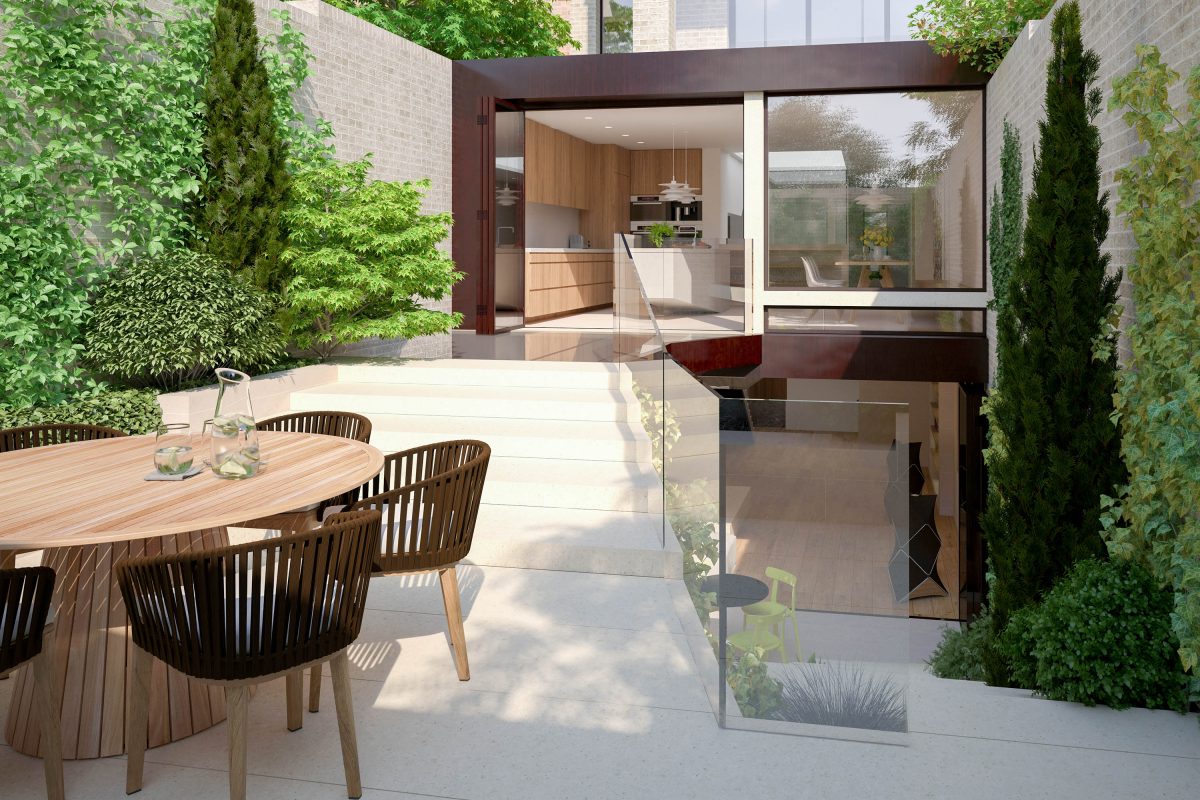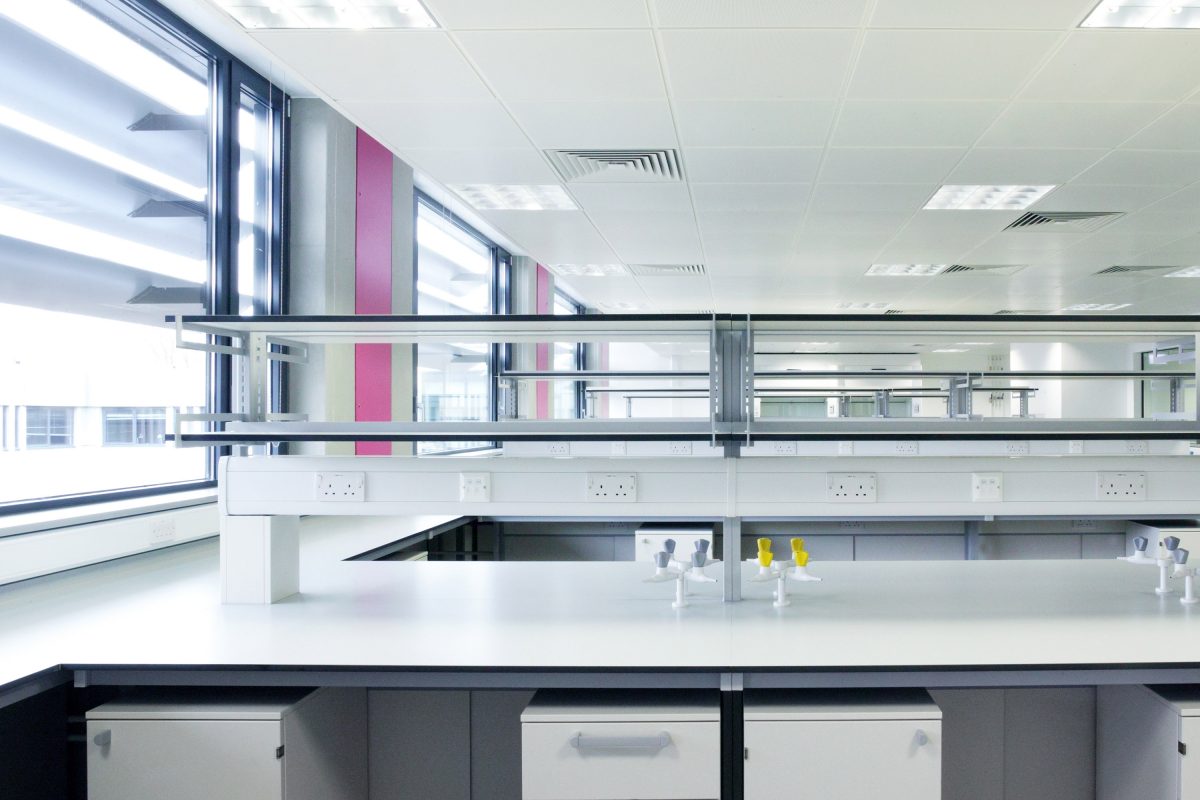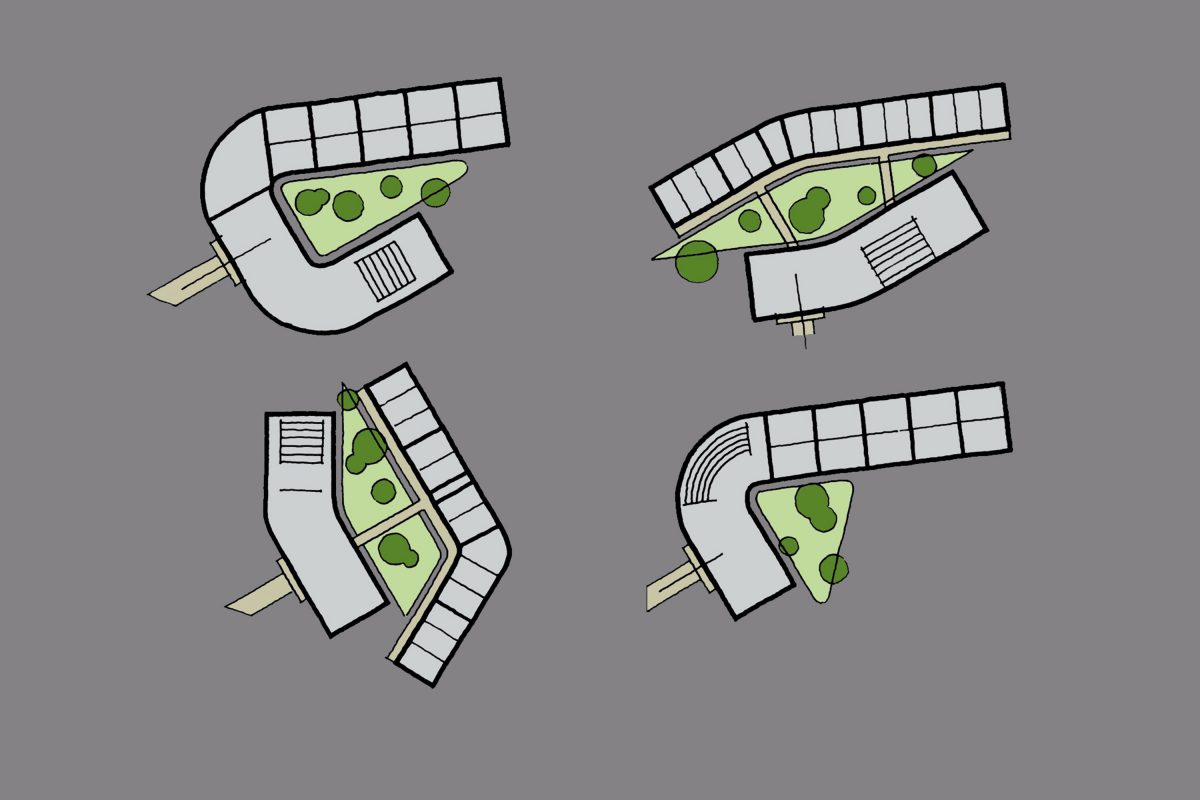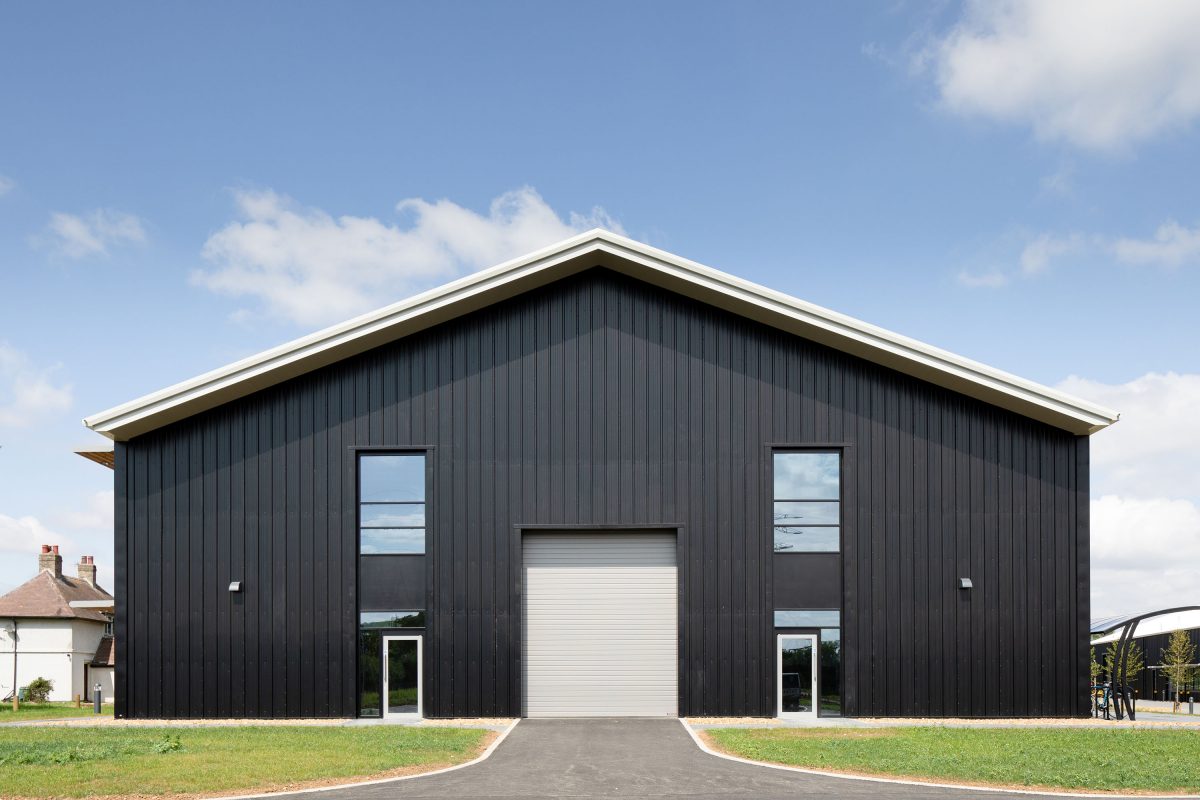Harpenden, UK
Rothamsted Research Centenary Building
Rothamsted Research is a world-leading non-profit research centre focused on agricultural science for the benefit of farmers and society worldwide. It was founded in 1843 by John Bennet Lawes, the owner of the Rothamsted Estate, and is the oldest continually operating agricultural research station in the world. The Institute marked the start of the new millennium with a project to create a new laboratory and office building to provide state-of-the-art research facilities.
The Rothamsted campus grew significantly during the twentieth century, but development was often piecemeal and as the new millennium approached it was clear that this project offered the opportunity to carry out a fundamental review of the site as whole. After careful early assessment and testing, it soon became clear that the new building should be positioned in the centre of the site, displacing many of the old glasshouses and very basic scientific spaces.
The Centenary Building sits on a gently sloping site, with two blocks of laboratory spaces to the north and a crescent-shaped office wing to the south providing write-up spaces for the scientists. The geometry of the south-facing elevation, with its strong rhythm of concrete columns, defines the position of a series of lightwells that punctuate the offices with an abundance of natural light. The open plan laboratories are arranged in pairs, each sharing a central zone of rooms for special equipment, and walk-in services risers provide easy access for regular maintenance and the connection of new services without interrupting on-going research work.
The new facilities provided by the Centenary Building have transformed the Institutes research capability, and its strong geometry has defined the position of new buildings that have followed, which now share the laboratory’s green landscaped space that was created at the heart of the campus.
The Centenary Building has received numerous accolades, including awards from the RIBA and the Civic Trust. It was funded by the Biotechnology and Biological Sciences Research Council.
“The deep interiors are relieved by a regular series of light shafts used as meeting points and places for planting, and the regular structure provides from almost every point of the interior a glimpse of the verdant outside. As in the best architecture the internal contrast of light and shade and consistent comfortable proportions make it a most agreeable place to occupy.”
Michael Manser
RIBA Awards judge and former RIBA president

